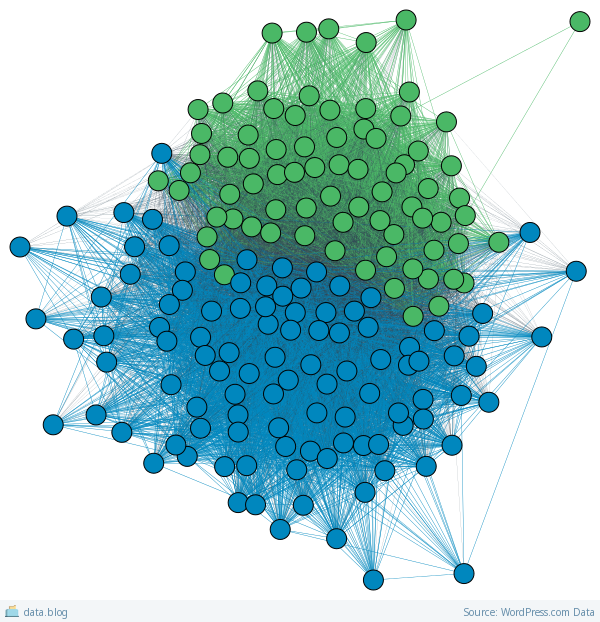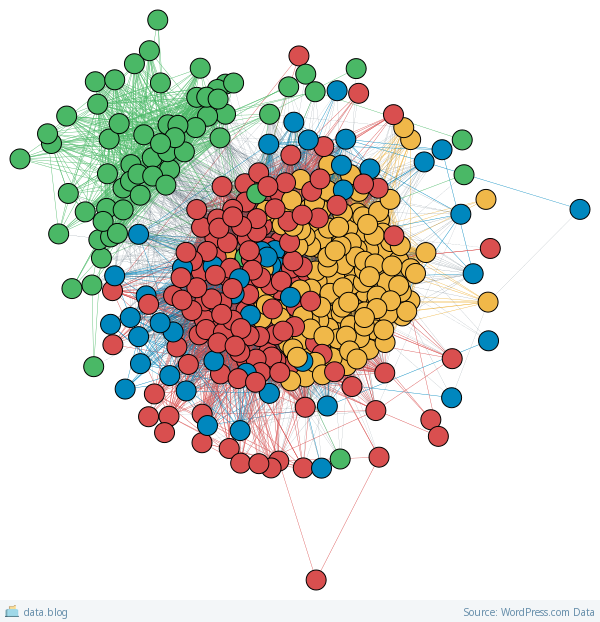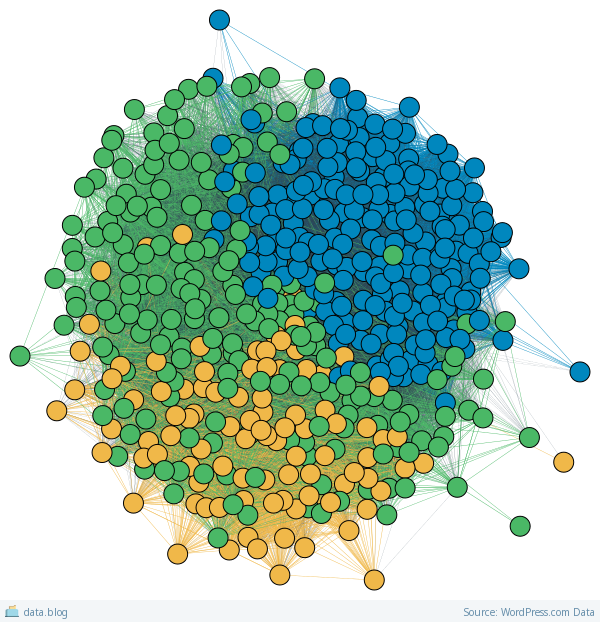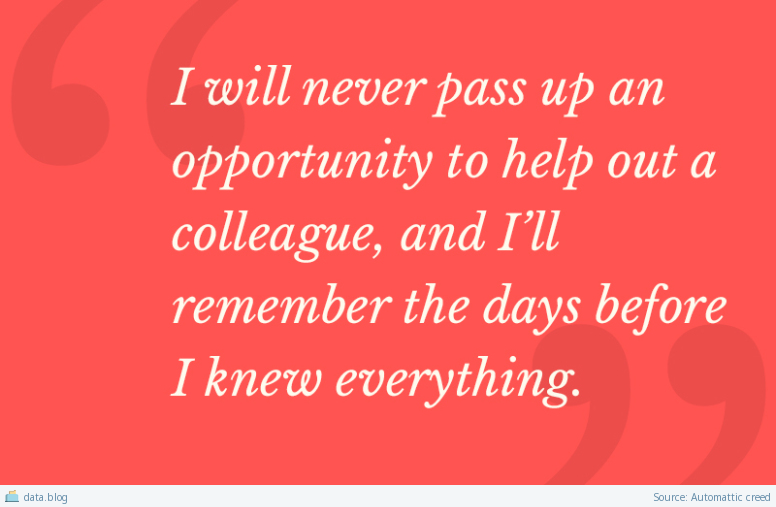With over 545 employees spread over more than 50 countries, Automattic is one of the largest distributed companies in the world.
Being distributed means that we, as Automatticians, work on our common goal to democratize publishing from wherever we wish. It also means that we heavily rely on online communication.
Besides providing flexibility, working in a distributed company brings challenges when you meet in person. Does X from team I/O appreciate informal humor? What is the hobby of Y, a member of the Happiness Engineering team? Does Z, our team’s HR person, smile a lot or only when taking a gravatar picture? The answers to these questions are trivial to get in a “traditional” company but not in a distributed environment.
However, this information is critical. It helps us relate to one another and form strong relationships that nourish creativity and cooperation. If the challenge doesn’t seem hard enough to you, recall Automattic has more than 545 employees and is constantly growing. We passed Dunbar’s number a long time ago. Dunbar’s number is 150 — it’s a suggested cognitive limit to the number of people with whom one can maintain stable social relationships. Keeping strong social ties in such an environment can be complicated for the existing employees, but is even harder for newcomers.
How does Automattic foster social bonding and avoid isolating its distributed employees? How do we ensure that our new colleagues feel welcome and integrated with the company, its culture, and values?
Being distributed doesn’t mean we never meet face to face. Every team meets at least once during the year. (We call these gatherings Meetups.) Once a year, the entire company meets for a grand gathering (called, unsurprisingly, the Grand Meetup). It’s full of exciting activities, town halls, and social events. These meetups — especially the Grand Meetup —
play a critical role in creating new social ties and maintaining old ones. How do we know that? Since you’re reading data.blog, the answer is obviously, “we have the data for that.”
A warning before you read further: while reading this post, you might get the idea that maintaining social connectivity in a growing, distributed company is as simple as bringing the people together. This is far from true. Be sure to read the final section “So what is the secret sauce?” to learn about the hard work behind what seems to be a social success.
Automattic has an internal self-service tool that allows Automatticians to track colleagues they’ve met in person. We call this tool Meetamattician. Using this tool, we can visualize the network of “who met whom” within Automattic. This is how our network looked after the 2013 Grand Meetup in San Francisco:

In the figure above, every circle represents an Automattician; if two people met face-to-face, their circles are connected with a line. I suppose that you noticed two different colors. These colors represent a grouping such that there are more ties within the group than between them. Formation of such groups (termed as “clusters”) is a natural process in any social network. In this case, the division mostly represents the division between the developers and the non-developers. Note that we can detect this division using the right network algorithm — it’s not very strong, and there are many ties between the two “subpopulations.”
A year passed. Many new excellent people joined the company and another Grand Meetup took place in 2014. Did we, as a company, manage to keep tight social integration? It looks that we did:

You may see some blue dots in the figure above. The appearance of the additional color means that our algorithm detected another, third, cluster of Automatticians. Nevertheless, the company’s social structure after the 2014 meetup is still very tight.
One additional thing about the dot colors is worth remembering. In any given graph, Automatticians that belong to the same group are represented by the same color. However, the group colors are not preserved between the pictures.
Between the 2014 and 2015 Grand Meetups, Automattic acquired WooCommerce and 50 new people joined the network. At the time of acquisition, Woo was a company of super talented and awesome people. It is not surprising, then, that before the 2015 Grand Meetup, the social graph of Automatticians contained a distinct cluster of Woo Ninjas (the green circles in the figure below):

Even though the acquisition took place less than half year before the 2015 Grand Meetup, we already had dozens of new personal ties. But look at the social network immediately after the 2015 meetup:

I call this a successful integration. Would you agree with me?
We don’t stop. Another year passes, and another group of Newmatticians joins the company. Before they had the chance to meet the entire company in person at the 2016 Grand Meetup, the social landscape of Automattic looked like this:

Can you spot all those Newmatticians? These are the sparsely connected dots that surround the larger interconnected crowds. This is exactly how I felt during my first meetup in 2014. Before that meetup, I had met fewer than a dozen Automatticians in person, and I felt like an outsider, intimidated by the fact that “everybody knows everyone.”
After the 2016 Grand Meetup, you can barely see any “outsiders.”

Also, the network is much denser now, with fewer distinct groups.
So, what is the secret sauce?
Only about myself did I know how to speak.
My world is as narrow as that of an ant.
Rachel [Bluwstein], Hebrew-language poet, 1890–1931
Many people (me included) tend to avoid unpleasant situations. Meeting strangers can and often is, an unpleasant situation especially when you’re surrounded by hundreds of new people many of whom are smarter than you are. Before my first Grand Meetup, I planned to sit in the corner, minding my own business, hoping not to be spotted by one of the Automattic geniuses. I know that other new Automatticians felt the same way. And yet, when you look at the post-Meetup social graphs, you don’t see many lone wolves. What is the secret?
First of all, when I arrived in Park City, Utah, where I attended my first Grand Meetup, I met awesome, very social, curious, and accepting people. I felt that the entire company, from Matt, our CEO, through Lori, our HR lead, to every employee, did their best to make newcomers feel welcome.
But this is not the whole story. From time to time, every person needs to eat. Since it’s impossible to feed more than 10-20 people at the same table, we split into groups. This is where the magic happened. During grand meetups, you don’t decide with whom you have your lunches and dinners. Moreover, a special script ensures that you never eat with the same person twice. You may think that such an arrangement would be emotionally exhausting. You are absolutely right. However, in the long run, this exhaustion pays. It is due to this gentle push for socialization during meal times, that I met a lot of interesting people, had productive conversations, and expanded my knowledge about different professions, cultures, and religions. But most of all, despite working in a distributed environment, and despite meeting some of my colleagues only once a year, I feel a part of a vibrant, fun, and creative group of people, working together to democratize publishing.


Reblogged this on Charlescearl’s Weblog and commented:
One of the many reasons it’s a joy to work at Automattic
LikeLike
Reblogged this on Random stratum and commented:
My latest post on data.blog
LikeLike